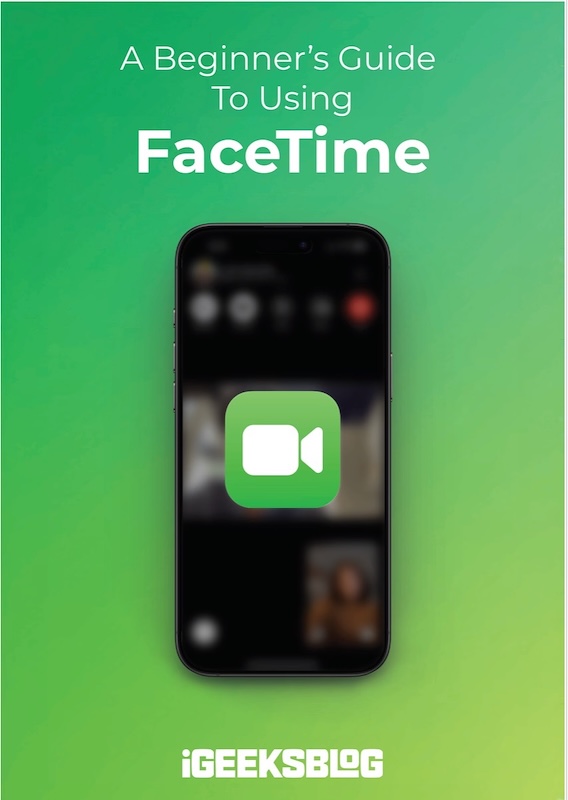
FaceTime Like a Pro
Get our exclusive Ultimate FaceTime Guide 📚 — absolutely FREE when you sign up for our newsletter below.

FaceTime Like a Pro
Get our exclusive Ultimate FaceTime Guide 📚 — absolutely FREE when you sign up for our newsletter below.
Apple has brought back Blood Oxygen tracking to Apple Watch Series 9, Series 10, and Ultra 2 in the U.S. with iOS 26 Beta 7 and watchOS 26 in a new form.
Apple’s latest developer betas for iOS 26 and watchOS 26 quietly reinstate a feature that had been missing from newer Apple Watches in the U.S. for nearly two years: Blood Oxygen tracking. The return comes with a caveat, though, and the experience is not quite the same as it was before.
Blood Oxygen monitoring debuted with the Apple Watch Series 6 in 2020, quickly becoming one of its headline health tools. The feature let users gauge how efficiently their body was absorbing oxygen and provided insight into sleep quality, altitude acclimation, and potential respiratory issues.

That changed in January 2024, when the International Trade Commission ruled that Apple’s implementation infringed on patents owned by medical technology firm Masimo. To comply, Apple stripped Blood Oxygen functionality from the Apple Watch Series 9, Series 10, and Ultra 2 models sold in the U.S., creating a noticeable gap in the feature set of its flagship wearables.
With iOS 26 beta 7 and watchOS 26 beta 7, Apple is reintroducing Blood Oxygen in a reworked form. The watch sensors still collect the readings, but the processing no longer happens on the device itself. Instead, the paired iPhone handles the calculations, with results now showing up exclusively in the Health app under the Respiratory section.
In practice, that means you can still initiate both spot checks and background measurements, but you will no longer see your levels directly on your wrist. The workaround was cleared by a recent U.S. Customs ruling, allowing Apple to re-enable the capability without running into the earlier patent dispute.
Owners of the Apple Watch Series 9, Series 10, and Ultra 2 in the U.S. will regain access to Blood Oxygen tracking once their devices are updated. The only requirement is that the iPhone must be nearby to view results. Models sold before mid-January 2024, along with units purchased outside the U.S., were never affected and continue to use the original on-device version.
The change restores an important health metric to Apple’s newest watches, which had been shipping with a noticeable omission compared to earlier models. Alongside ECG, irregular rhythm notifications, sleep tracking, and Fall Detection, Blood Oxygen once again completes Apple’s suite of built-in health monitoring tools. The new implementation may feel less convenient than checking results directly on the wrist, but for many, the bigger win is simply having the data available again.
Would the redesigned approach be enough for you, or does it make the feature less useful? Share your thoughts below.